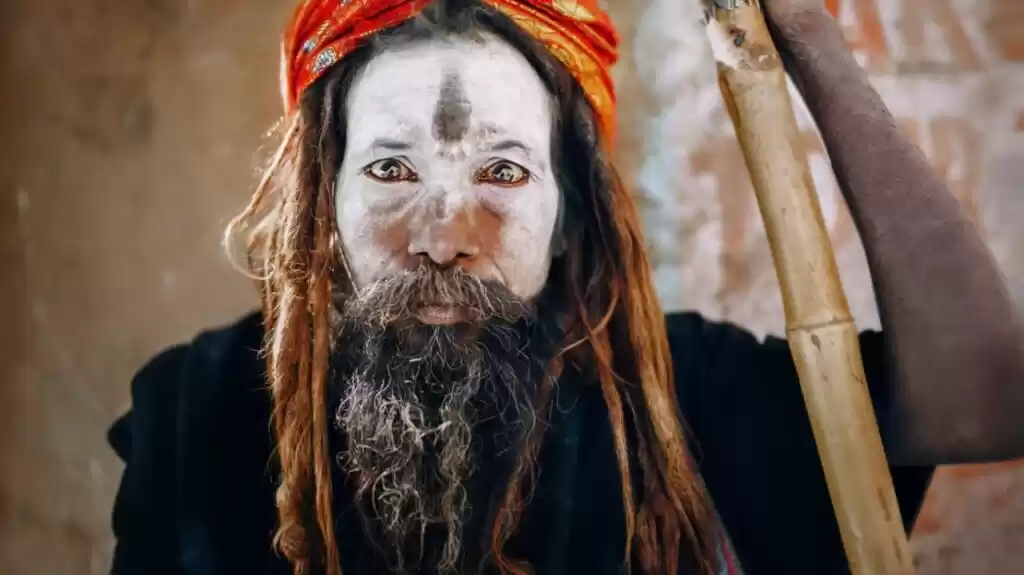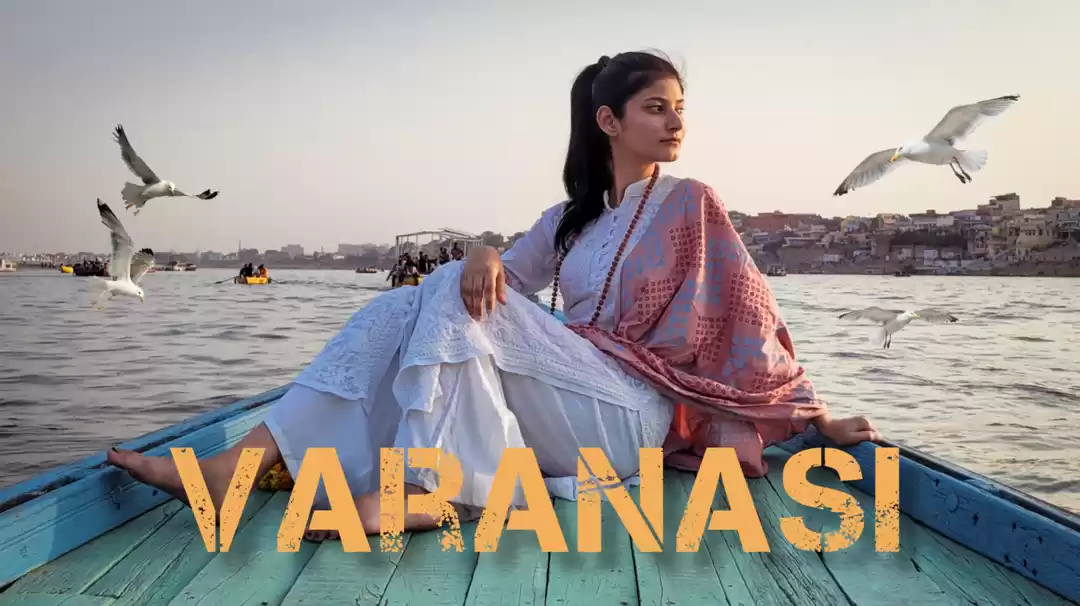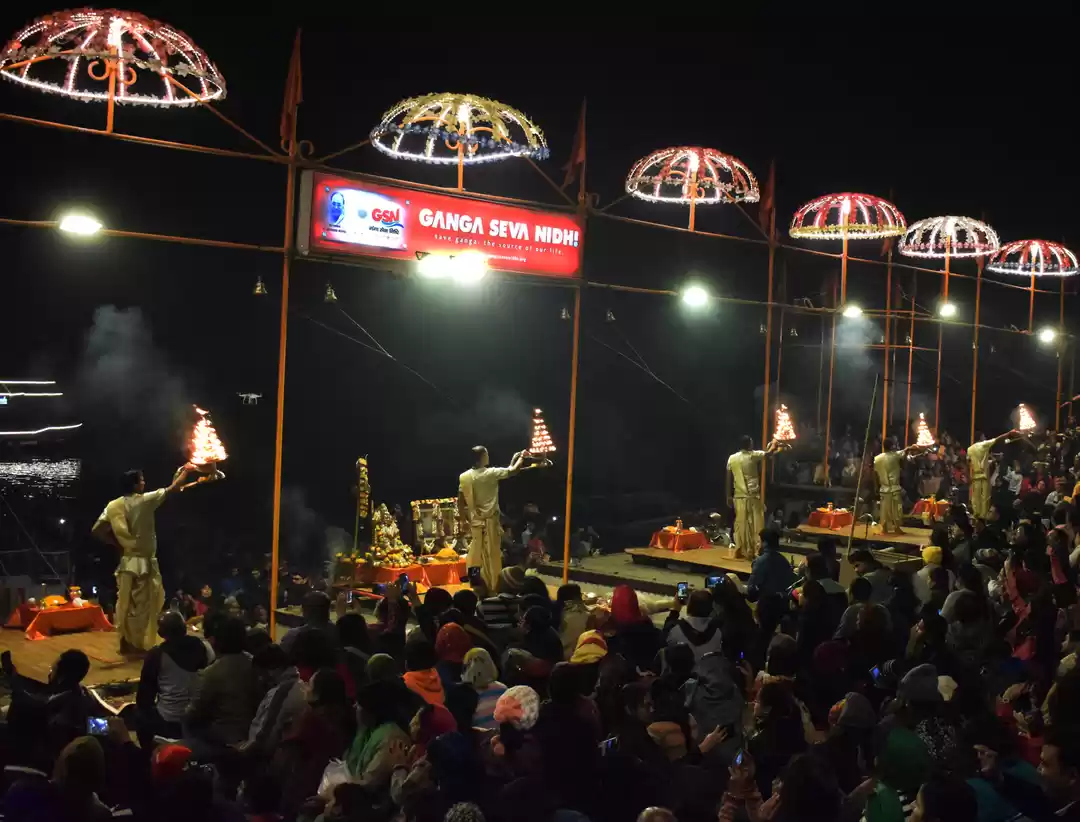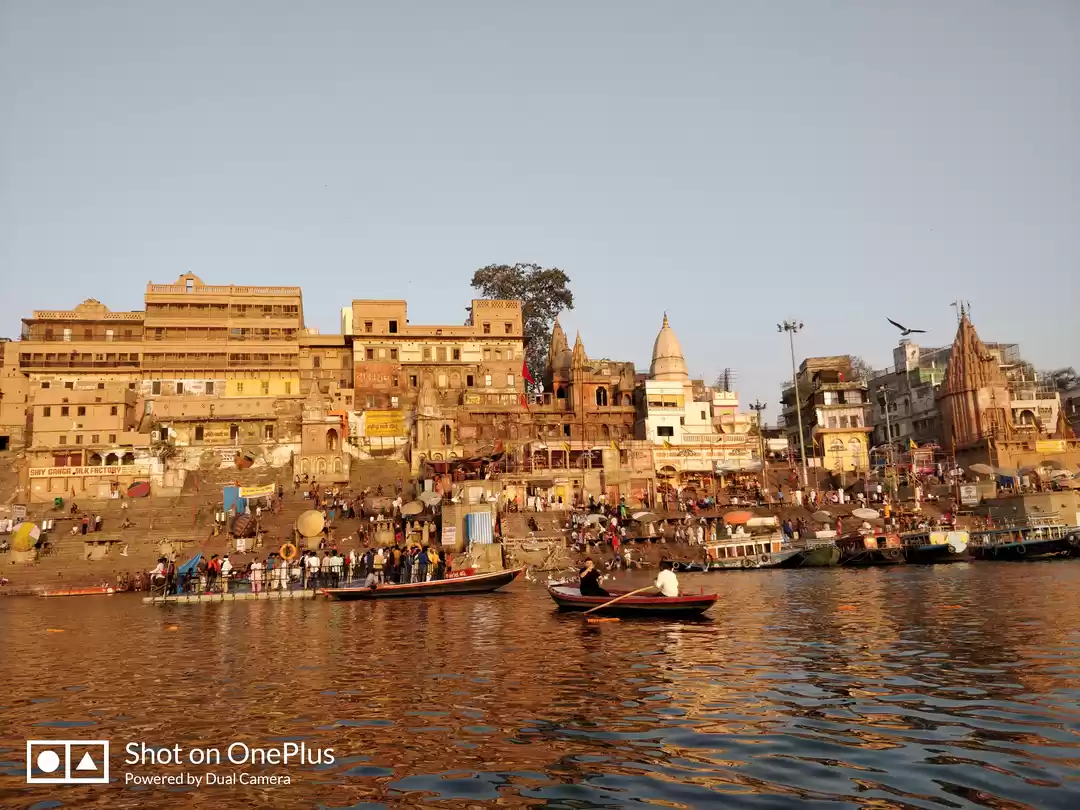The name Varanasi originates from the names of the two rivers: Varuna, still flowing in Varanasi, and Asi, a small stream near Assi Ghat. The old city does lie on the north shores of Ganges River bounded by its two tributaries Varuna and Asi.
According to legend, Varanasi was founded by the God Shiva. It is regarded as one of seven holy cities which can provide Moksha. The earliest known archaeological evidence suggests that settlement around Varanasi in the Ganga valley (the seat of Vedic religion and philosophy) began in the 11th or 12th century BC, placing it among the world's oldest continually inhabited cities. This city is older than Rome.
Varanasi is eternal and should be experienced that way. Do not come here with expectations of great shopping or party scene.
Dashashwamedh Ghat is the main ghat in Varanasi on the Ganges River. It is located close to "Vishwanath Temple" and is probably the most spectacular ghat. Two Hindu mythologies are associated with it: According to one, Lord Brahma created it to welcome Lord Shiva. According to another legend, Lord Brahma sacrificed ten horses during Dasa -Ashwamedha yajna performed here.Very Famous Ganga Aarti takes place on the ghat in the evening, after sunset. A group of Brahmans hold huge fire bowls in their hands and offer their holy mantras to river Ganges, Shiva - the Hindu God of destruction, Surya - the Sun God and the entire Universe. The devotees then offer flowers and earthen lamps - diyas - to river Ganges, in order to pay due regards to their ancestors in heaven.




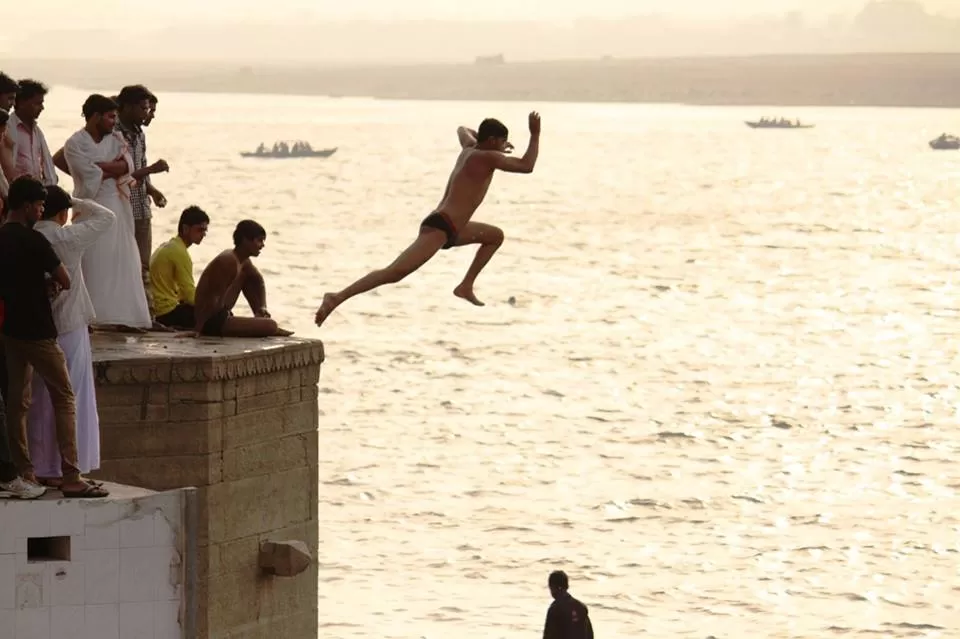





Manikarnika Ghat is one of the ghats in Varanasi and is most known for being a place of Hindu cremation. It is said cremation fire has been burning here for thousands of years non stop . There is always someone being cremated. It is also the place where you can spot Aghori Baba performing some Tantrik puja. The Aghori are known to engage in post-mortem rituals. They often dwell in charnel grounds, have been witnessed smearing cremation ashes on their bodies, and have been known to use bones from human corpses for crafting skull bowls (which Shiva and other Hindu deities are often iconically depicted holding or using) and jewelry. Due to their practices that are contradictory to orthodox Hinduism, they are generally opposed.Many Aghori gurus command great reverence from rural populations as they are supposed to possess healing powers gained through their intensely eremitic rites and practices of renunciation and tápasya. They are also known to meditate and perform worship in haunted houses.










One of the busiest settlement in the city. Walk around the area and figure the actual Kashi yourself. Do explore different Galiya (alleys) to Ganges from this area.




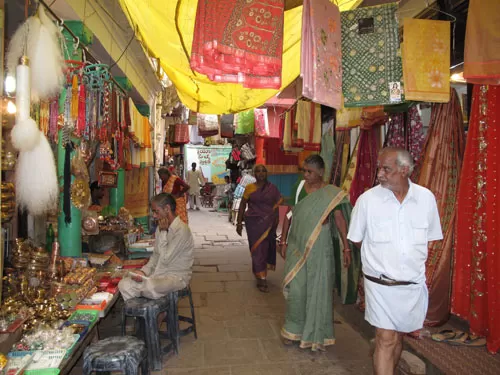

Banaras Hindu University (commonly referred to as BHU) is a public central university located in Varanasi, Uttar Pradesh. Established in 1916 by Pandit Madan Mohan Malviya, BHU is one of the largest residential universities in Asia, with over 20,000 students.


The deer park in Sarnath is where Gautama Buddha first taught the Dharma, and where the Buddhist Sangha came into existence through the enlightenment of Kondanna. Sarnath is located 13 kilometres north-east of Varanasi near the confluence of the Ganges and the Gomati rivers, in Uttar Pradesh, India. Singhpur, a village approximately one km away from the site, was the birthplace of Shreyansanath, the eleventh Tirthankara of Jainism, and a temple dedicated to him, is an important pilgrimage site.Isipatana is mentioned by the Buddha as one of the four places of pilgrimage which his devout followers should visit, if they wanted to visit a place for that reason. It was also the site of the Buddha's Dhammacakkappavattana Sutta, which was his first teaching after attaining enlightenment, in which he taught the four noble truths and the teachings associated with it.

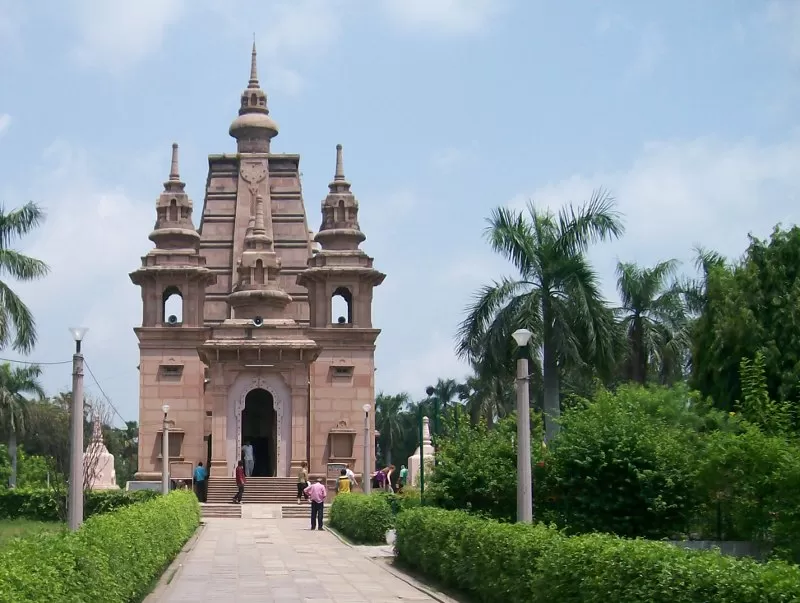



Assi Ghat is the southernmost ghat in Varanasi. To most visitors to Varanasi, it is known for being a place where long-term foreign students, researchers, and tourists live.Assi Ghat is one of ghats often visited for recreation and during festivals. On typical days about 300 people visit every hour in the mornings, and on festival days 2500 people arrive per hour. The ghat accommodates about 22,500 people at once during festivals like Shivratri.





































































